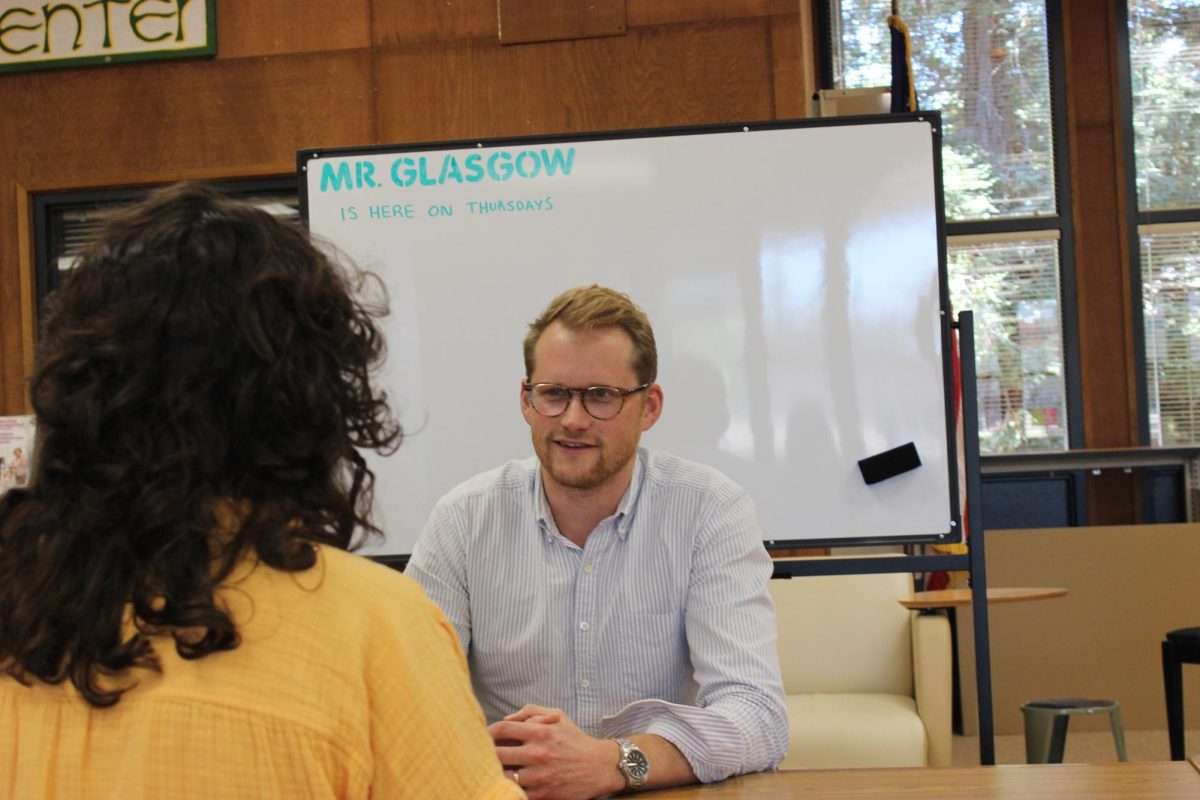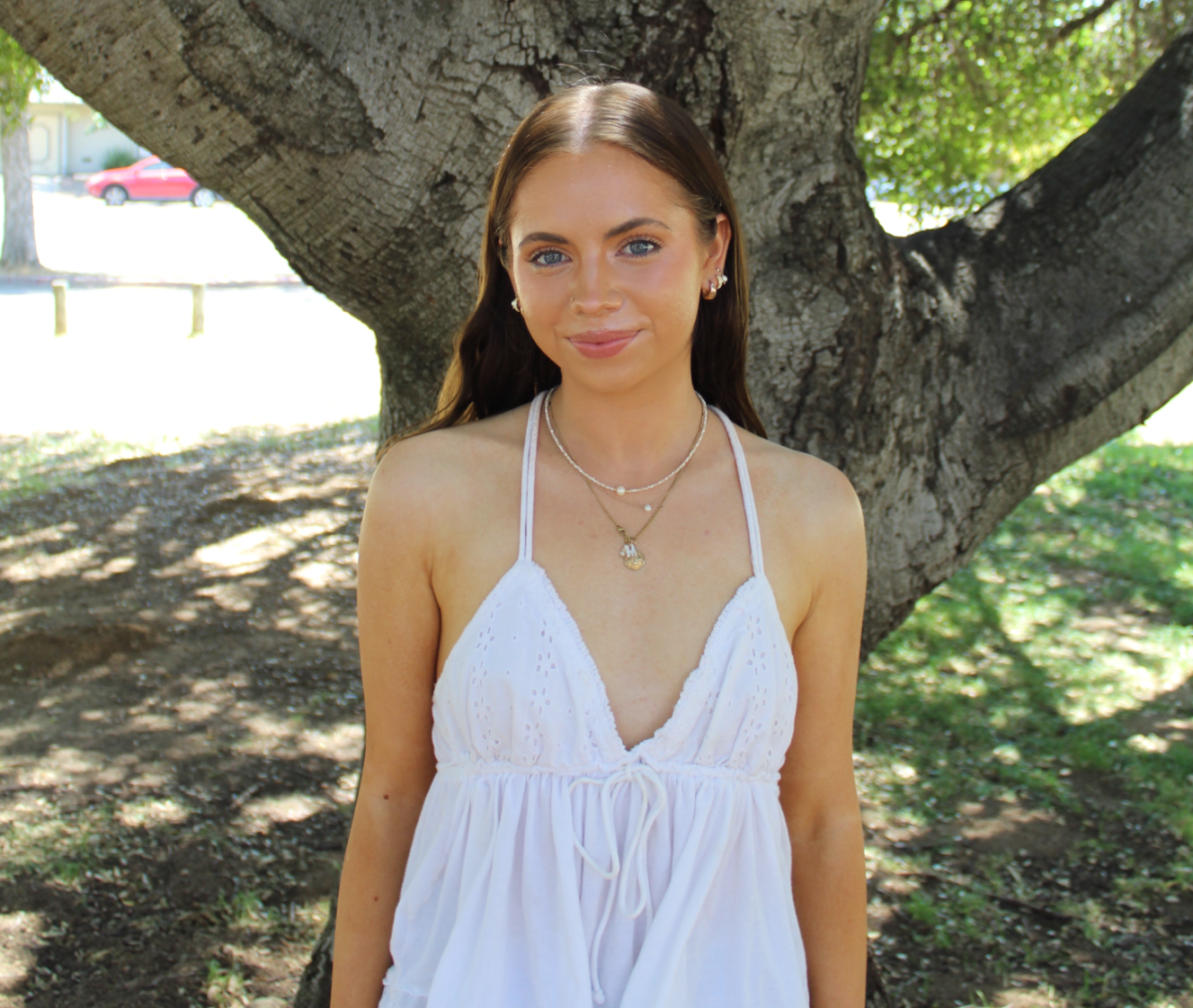In January, almost 85 percent of San Marin students completed the Youth Truth Survey for the second year in a row. This online survey obtains student ratings in a variety of categories in order to gain a better understanding of students’ experiences on campus. The six categories ranked included Engagement, Academic Rigor, Relationships, Belonging & Peer Collaboration, Culture and College & Career Readiness. San Marin was compared to 504 other schools around the country. Results were placed on a scale where the 100th percentile is the highest score and zeroth is the lowest.
The highest ranked category at San Marin was Belonging & Peer Collaboration, which measures “the degree to which students feel welcome at their school and have collaborative relationships with their classmates,” according to the Youth Truth Survey website.
The students that ranked the school the highest in Belonging & Peer Collaboration were white, straight males with mostly A’s. Hispanic students and English Language Learners ranked it around the 37th percentile, while white students ranked it closer to the 75th percentile.
“I think that a lot of people don’t feel that campus engagement and inclusiveness are that much of a problem at San Marin, so no one tries to fix it,” senior Eva Brandis said.
The gap between Hispanic and white students could be due to the large majority of white students on campus. Hispanic or Latino students make up 30.4 percent of students on campus, and 5.4 percent are ELL students.
“I feel like our school has set up a kind of society where you have to be good at certain things, you have to be rich, you have to take APs, etcetera,” senior Eduardo Muñoz said. “If you’re none of that, you can’t be a part of that. It’s not just Hispanics. It’s other people that don’t fit in with that type of group.”
Vice Principal Mike Casper said he believes one reason for the gap between students of different races at San Marin is because minority students have “fewer opportunities to fully engage in all aspects of the school.”
Students who have to take the bus home from school every day, of whom Casper estimates about 95 percent are students of minority backgrounds, are held to a stricter schedule. This means they sometimes miss out on chances to build “strong relationships and a sense of belonging,” things that “often originate in clubs, athletics and other extracurricular activities,” Casper said.
ELD teacher Elizabeth Lloyd had a discussion with her ELD students about their sense of belonging on campus.
“We concluded that [their low sense of belonging] could be due to the fact that there isn’t anything specific on campus that celebrates or acknowledges their culture,” Lloyd said.
Muñoz, like Lloyd’s ELD students, feels that San Marin tends to overlook its students of color.
“Most of my peers don’t take a second look at me,” Muñoz said. “For this reason [I]–and I know a lot of the Hispanic kids feel
the same way–in general miss out on a bunch of high school things. I only ever see white kids at the high school events, so I thought I don’t belong in those types of things.”
The Relationships category measures “the degree to which students feel they receive support and personal attention from teachers.” Asian and white students ranked San Marin almost in the 50th percentile, while students of Hispanic and black backgrounds ranked it below the 25th percentile.
“As soon as the student’s relationship with the teacher is gone, they’re not going to be motivated in a classroom,” senior Natalie Boyd said. “So then why would they go out of their way to make other friends on campus when they can hang out with people who are like them?”
Spanish teacher Reyna Lowrie felt that the relationship between a student of color and their white teachers is shaky because of the teacher’s inability to relate to their students.
“As a second language learner, the issue is that we can’t relate to them because of our language–they can’t speak to us,” Lowrie said.
Many students echoed Lowrie’s concern in this category.
“I felt [for a while] that if I wasn’t white, I wasn’t going to get the full help I needed,” Muñoz said. “And I would only think that because I’d see how the white kids interacted with the teacher, and it would be way different from how I interacted with the teacher.”
Lloyd asked her ELD students about their relationships with their teachers.
“They all admitted that they tend not to advocate for themselves, but love when their teachers acknowledge them,” Lloyd said.
English and philosophy teacher Wesley Swedlow asked his philosophy students to share their opinions about teachers’ relationships with their students. He said many of his students felt that, because the majority of the San Marin teachers are white, it is difficult for students of color to connect with them.
“I know that no matter how much I complained to administrators or teachers, they would simply not be able to understand on the same level as I can due to the lack of color
in our administrators and teachers,” senior Diamon Tesfay said.
However, the rating does not reflect all minority students’ experiences.
“Luckily, most of my teachers have showed they care about me a lot,” junior Alicia Castro Carbajal said. “They don’t seem to care that I’m Latina, which is how it should be, but I know there have been certain instances where other students felt as if they weren’t as connected with their teachers because of their race.”




























